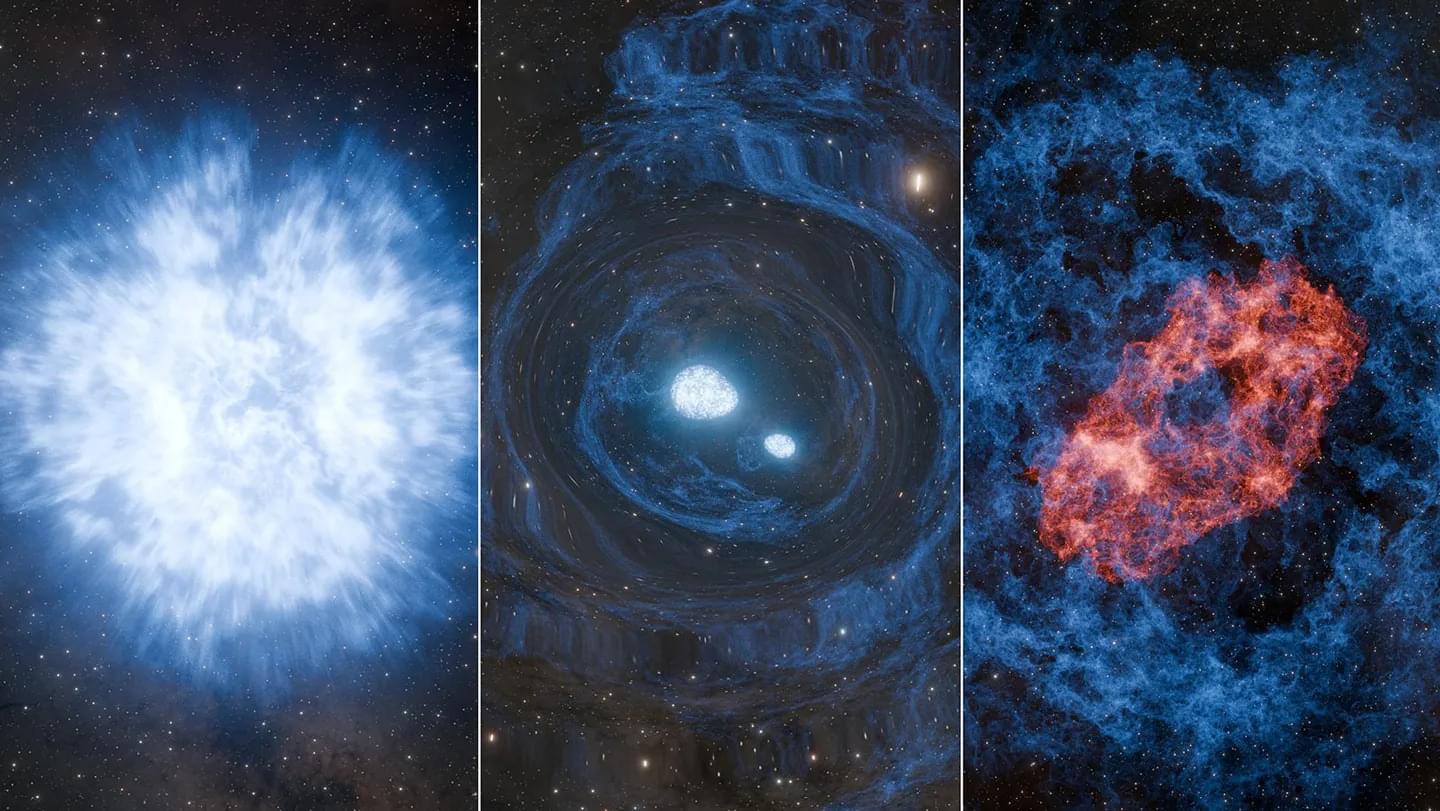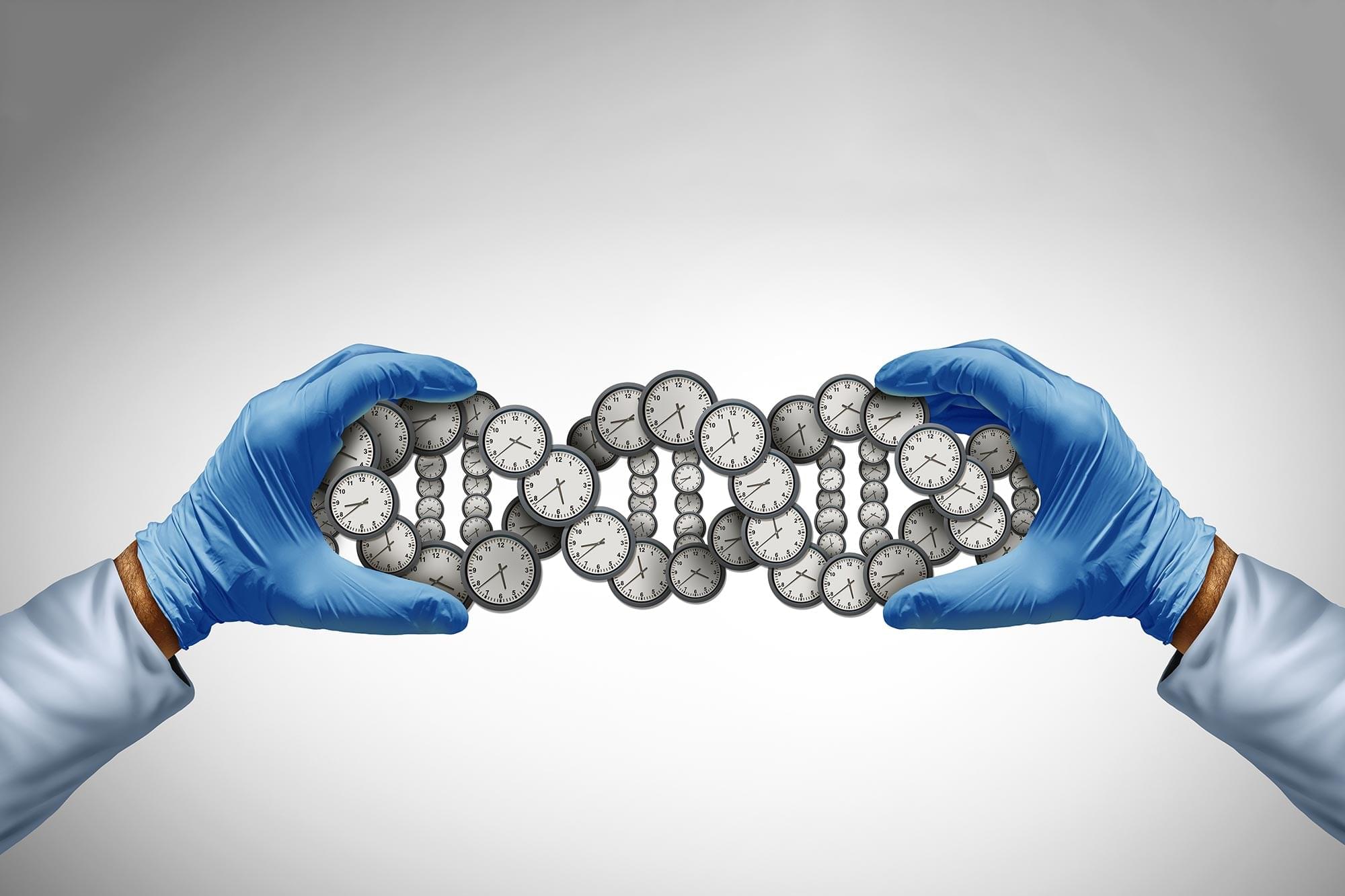The latest incarnation of the notorious BreachForums hacking forum has suffered a data breach, with its user database table leaked online.



Europol says 34 Black Axe members were arrested in Spain, linked to €5.93 million in fraud and other organized crimes.



Identifying and studying tetraquarks and pentaquarks helps physicists to better understand how the strong force binds quarks together. This force also binds protons and neutrons in atomic nuclei.
Physicists are still divided as to the nature of these exotic hadrons. Some models suggest that their quarks are tightly bound via the strong force, so making these hadrons compact objects. Others say that the quarks are only loosely bound. To confuse things further, there is evidence that in some exotic hadrons, the quarks might be both tightly and loosely bound at the same time.
Now, new findings from the CMS Collaboration suggest that tetraquarks are tightly bound, but they do not completely rule out other models.


Decoherance which is why we are not aware of the universe splitting.
Is our universe a definitive single reality or is it merely one within an infinitely branching multiverse? Be sure to check out Physics Girl’s Dianna Cowern for more awesome science / physicsgirl.
Get your own Space Time tshirt at http://bit.ly/1QlzoBi.
Tweet at us! @pbsspacetime.
Facebook: facebook.com/pbsspacetime.
Email us! pbsspacetime [at] gmail [dot] com.
Comment on Reddit: / pbsspacetime.
Support us on Patreon! / pbsspacetime.
Help translate our videos! https://www.youtube.com/timedtext_cs_p… Copenhagen interpretation of quantum mechanics tells us that observation collapses a probability wave into a single definitive outcome, but this isn’t the only interpretation of quantum mechanics. The many worlds theory proposes that the wavefunction never actually collapses. The observer simply follows one of those many possible paths into their present reality while all the other paths continue on independent of the observer. Each of these paths branches off into an entirely different reality. In this episode Matt discusses the details of the many worlds theory and why it’s not so far-fetched to think that our reality is simply one of an infinite number of realities existing within space time. Links to sources: The Quantum Experiment that Broke Reality • The Quantum Experiment that Broke Reality… Hugh Everett’s Ph.D. Dissertation http://www-tc.pbs.org/wgbh/nova/manyw… Crazy Pool Vortex
• Crazy pool vortex Previous Episode
• The First Humans on Mars Written and hosted by Matt O’Dowd Produced by Rusty Ward Made by Kornhaber Brown (www.kornhaberbrown.com)
The Copenhagen interpretation of quantum mechanics tells us that observation collapses a probability wave into a single definitive outcome, but this isn’t the only interpretation of quantum mechanics. The many worlds theory proposes that the wavefunction never actually collapses. The observer simply follows one of those many possible paths into their present reality while all the other paths continue on independent of the observer. Each of these paths branches off into an entirely different reality. In this episode Matt discusses the details of the many worlds theory and why it’s not so far-fetched to think that our reality is simply one of an infinite number of realities existing within space time.
Frank Visser has been asking important questions of Integral theory for over two decades now, and the community owes him more genuine engagement than he typically receives. His persistent concern—that terms like Eros or Kosmic Creativity often function as explanatory placeholders rather than rigorous concepts, and that Integral discourse too easily slides from empirical claims to metaphysical ones without marking the transition—names something real. Anyone who has spent time in Integral circles has likely felt the discomfort he’s pointing to: the moment when a conversation shifts from careful phenomenology or developmental research into sweeping cosmological assertions, and one isn’t quite sure what kind of claim is being made or how one would evaluate it.
Visser’s insistence on scientific accountability emerges, I think, from genuine intellectual conscience. If Integral theory aspires to honor and integrate the fruits of modern science—not merely to dismiss or transcend them—then it must be willing to play by science’s rules when making scientific claims. The frustration Visser expresses is the frustration of watching a discourse that claims such integration while sometimes helping itself to explanatory gestures that no working scientist would recognize as legitimate. That frustration deserves respect, not dismissal.
And yet.